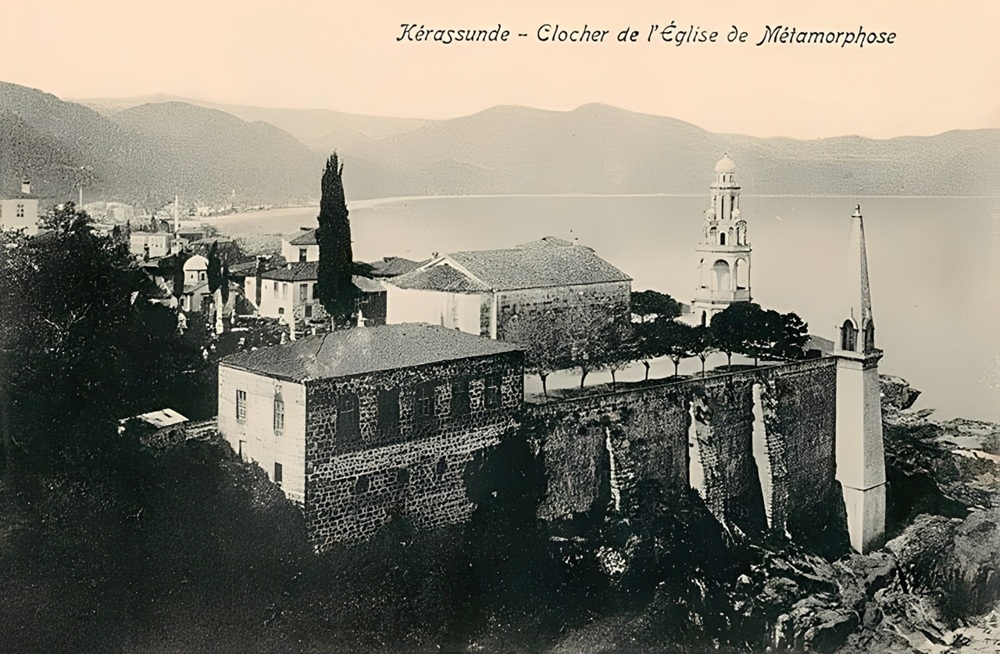
The Greek church of Metamorphosis with bell tower and mausoleum far right (after 1906).
By Sam Topalidis (Pontic Historian) 2024
Introduction
The Greek colony of Kerasous (modern Giresun), on the Black Sea coast in Pontos, north-eastern Anatolia, is 130 km (by road) west of Trabzon (Fig. 1). It was established by Greeks from Sinope sometime after 630 BC, the approximate date when the Greek colony of Sinope was founded and well before 400 BC, when Xenophon and his Greek mercenaries visited the settlement (Avram et al. 2004). Xenophon was told that Sinope (around 350 km by road west of Kerasous) had taken away the land from Kerasous’ indigenous natives. In Xenophon’s text, the indigenous Mossynoeci lived near Kerasous and the Tibareni around Ordu (to the west).
Defence was the prime consideration for the location of Kerasous (Bryer and Winfield 1985:9).
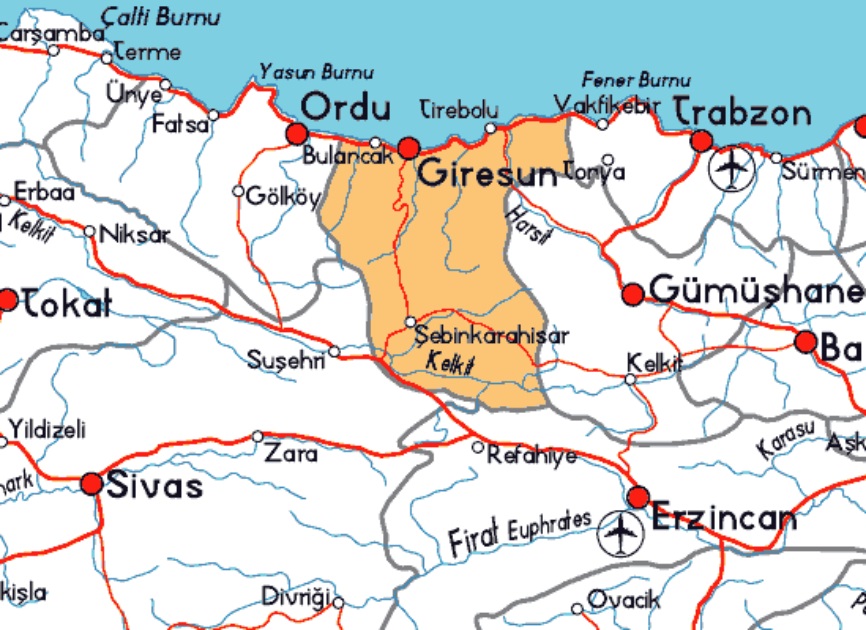
Fig. 1: Location map of Giresun, northern Türkiye (Giresun to Trabzon = 115 km, Source)
Although the army of Alexander the Great (336–323 BC) defeated the Persians in Anatolia, the Greeks did not march north to conquer the Black Sea coast. These areas however, eventually accepted Greek authority (Şerifoğlu and Bakan 2015). In 302 BC, Mithradates I, who was descended from Persian governors and royalty, established the kingdom of Pontos (Roller 2020). Mithradates and kings from the same family ruled over the area from Heraclea (Eregli, west of Sinope) east to Trabzon on the Black Sea coast until Mithradates VI was defeated by the Romans in 64 BC (Erciyas 2001). In 183 BC, Pharnakes I, son of Mithradates III took Kerasous after capturing Sinope. Kerasous fell to the Roman General Pompey around 63 BC. There is a story that Kerasous received its name from the Greek word for cherry. Roman General Lucullus supposedly introduced cherries from the town to Rome may be a myth. Cherries were probably already known in Rome (Bryer and Winfield 1985:128–129).
Byzantine Kerasous was a modest place. In the 13th century it became the second town of the Komnenoi Byzantine empire of Trebizond (1204–1461); it was the most westerly of the small empire’s possessions. The fortress on the acropolis at Kerasous was almost certainly built or rebuilt by Alexios II Komnenos (Fig. 2). In 1348, the Genoese made a reprisal raid on Kerasous, ransacking and burning the town. It was also raided by Ottoman pirates in 1368. The promontory projects almost 1 km into the sea, rising to 129 m (Figs 2–3). The ancient and medieval town lay on the west side of the steep slope below the castle (Bryer and Winfield 1985:126, 129). The harbour was divided by the castle into the eastern and the main western harbour (Fig. 3) (See). Probably in 1461, the Ottoman Turks took control of the town.
A blow came in 1764, during the valley lord wars, when the town was devastated which led to the destruction of its then only surviving Greek church [name unknown]1 (Bryer and Winfield 1985:130).
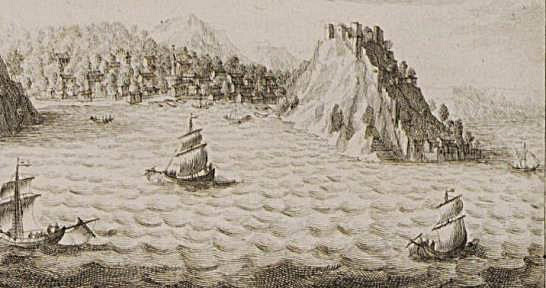
Fig. 2: Kerasous, 1701 (Tournefort (1717), eng.travelogues.gr/item.php?view=43533)
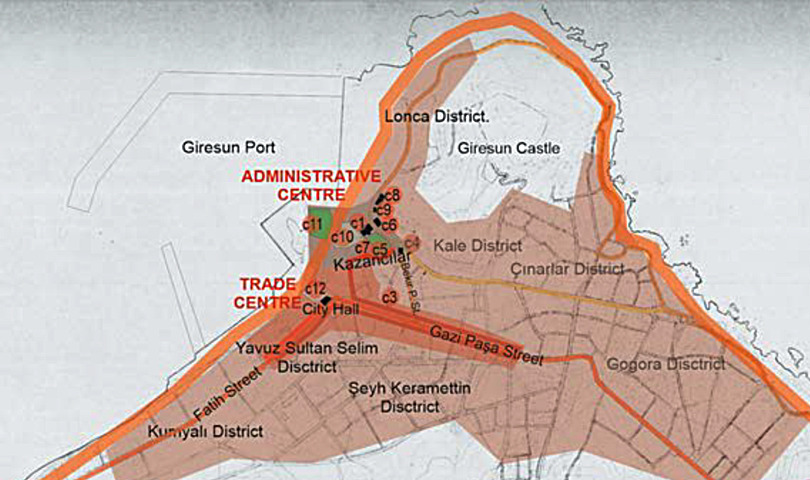
Fig. 3: Giresun at the beginning of the 20th century (scale not stated, Karaibrahimoğlu and Demirkan 2020:445)
The Georgian Immigration of 1878
The 1877–1878 war between the Russian and the Ottoman empires initiated the migration of Muslims from the Caucasus to Anatolia. Giresun received mostly Georgian Muslim immigrants from Batumi on the eastern Black Sea. It would not be until well into the 20th century that those Georgians would move closer to the urban centre leading to the development of slums and an increase in crime (Rodríguez 2023:29–30).
Mosques
There are many mosques in Giresun. Among them that were built around the sultan Hamidian era [1876–1909] were the Gemiler Çekeği camii (1884), Çınarlar camii (1886), Hacı Miktad camii (1889), the Kapu camii (1896) and the Kale Camii (1911), located close to the administrative centre (Fig. 4) (Rodríguez 2023:25).
Churches
According to Kertmenjian (2009:211) the Armenian quarter near the western port included the Armenian churches of St Sargis and St Grigor and an Armenian school.
There were few churches in the centre of Giresun before the 19th century, being usually scattered across the county. The wealth of [some of] the Greek population, due to commercial activities, led to the repair of old Greek churches as well as the construction of new ones. The Metamorphosis Greek church was built before 1861, south-west of the castle and was on the site where the current Revenue Office building is located (Balci and Yilmaz 2018:87, 113). [The church was still standing in 1922 but was demolished before 1964.] Georgos Konstantinidis (the then mayor) built his own mausoleum tower in the church grounds (Plate 1) (Rodríguez 2023:27). According to Balcı and Yilmaz (2018), his mausoleum was demolished in 1922. The bell tower was built [before 1904, Plate 1], in the grounds of the church demolished [before mid-1923], rebuilt in 2016 and demolished again in 2019. Then a new clock tower was built in 2021 opposite the Giresun Municipality building (Ö. Öztürk, personal communication 2024).
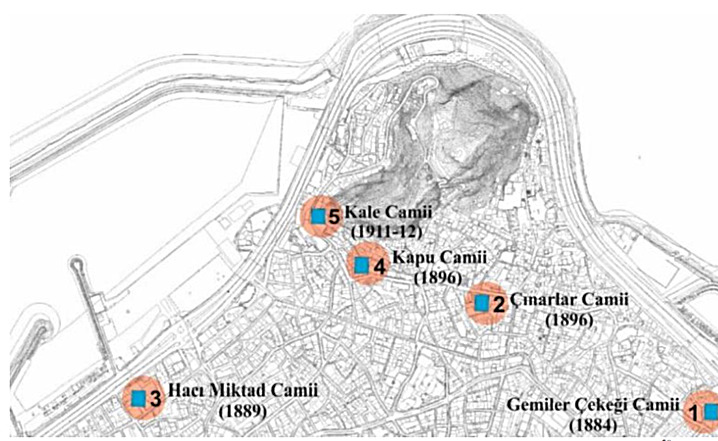
Fig. 4: Giresun mosques erected around the sultan Abdülhamid II period (scale not stated, Rodríguez 2023:25)
Plate 1: Greek church of Metamorphosis with bell tower and mausoleum far right (after 1906, Source)
In 1964, Winfield located a small cave church on the eastern slopes below the castle. In addition, a mosaic floor was uncovered in the town near the port. It contained Greek lettering which suggests that it was part of a church which was compatible with a 5th- or 6th century Byzantine date (Bryer and Winfield 1985:132).
Bryer and Winfield (1970:233) identified the following three then surviving churches in Giresun:
1. The former Catholic Capuchin church (Plate 2) built in 1911 (Rodríguez 2023). Located in the Çınarlar district, south-east of the castle (Fig. 3), it measured 23 m by 10 m and 13 m high with a bell tower. In 1964, it was converted into the Giresun Central Children’s Library (Yilmaz Yildirim et al. 2023:47).
2. Above the sea on the east side of the promontory stands the former Greek Orthodox church [possibly] built in the 18th century [St Nicholas] (Rodríguez 2023:26). (Plate 3). The St Nicholas church was used until the early 1920s and then remained vacant. It was used as a prison from 1948 to 1967. The building was again vacant from 1967 to 1982. In 1988, the building was opened as a museum (www.turkishmuseums.com/museum/detail/2053-giresun-museum/2053/4).
3. On the rocky northern slopes of the castle. Only part of its single apse survived. According to Aslanidis (1976:27) this church could be the chapel of St Panteleimon.
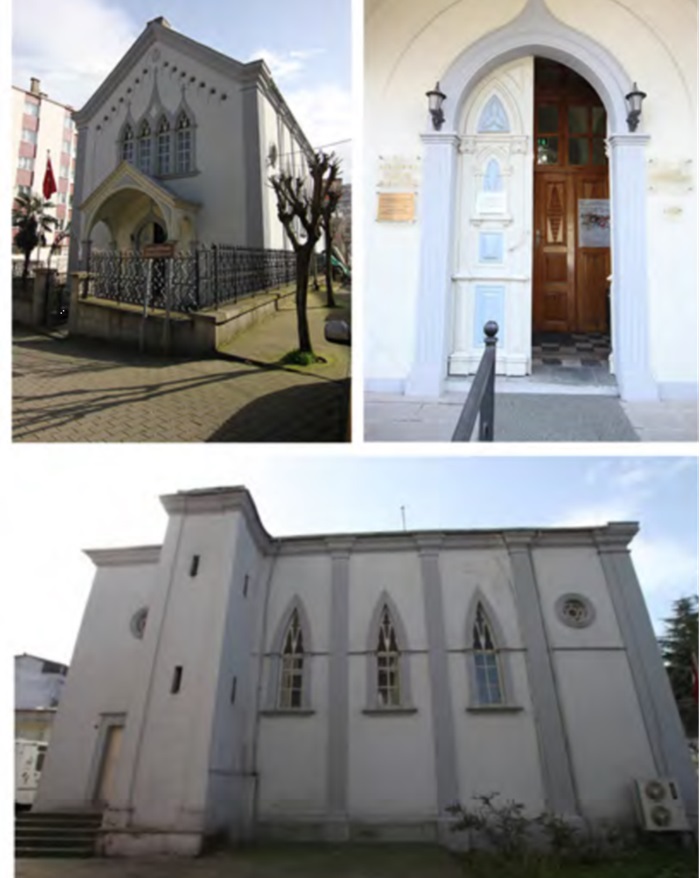
Plate 2: The Giresun central children’s library, former Catholic church (Yilmaz Yildirim et al. 1923:48)
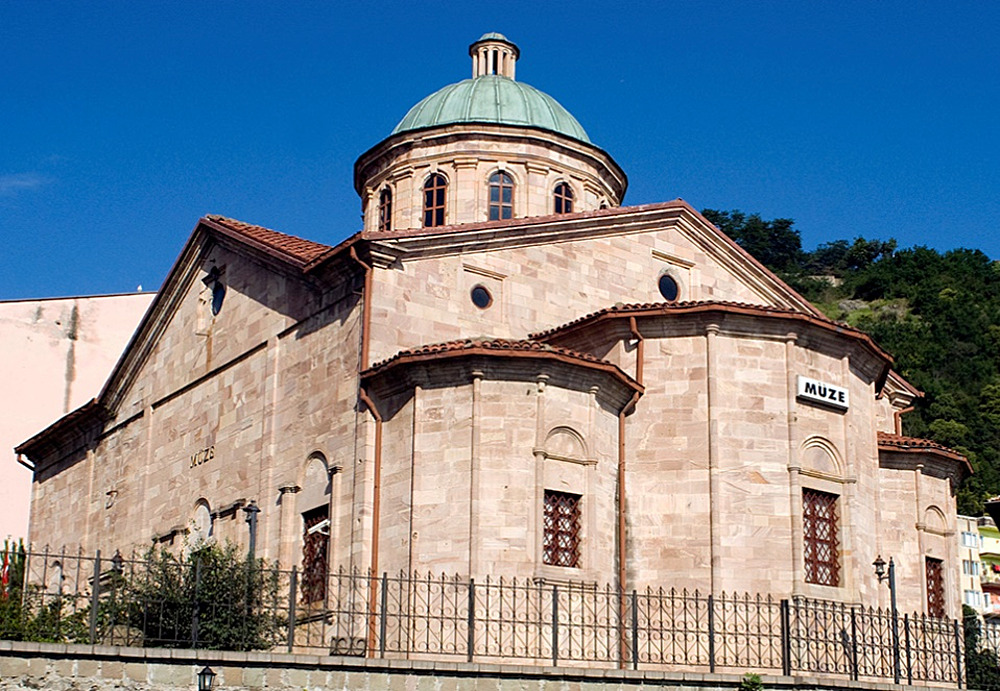
Plate 3: Giresun Museum, former Greek Orthodox church of St Nicholas (Source)
Greek School
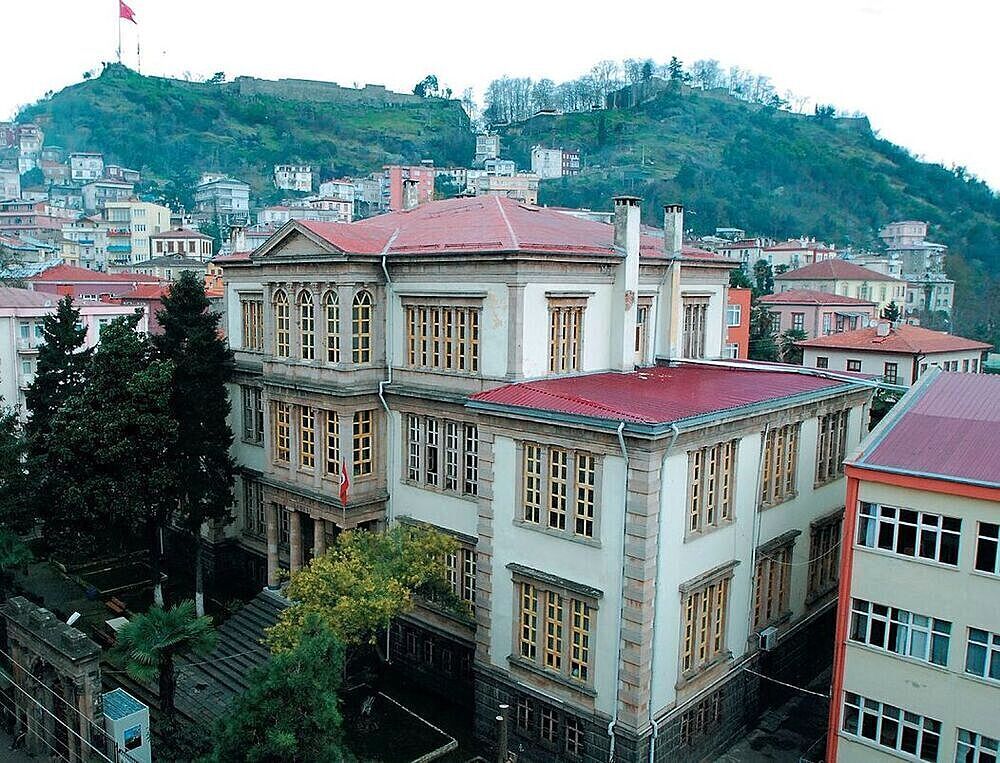
Plate 4: The former Greek school at Giresun 2015, (Source)
There was a Greek school in Giresun before 1855 (See). The new school building was built between 1905 and 1908 and included a 6-grade primary school and a 3-grade boarding school with 25 teachers. In 1914, during World War I, the Turks converted it into an army barracks (See). The former Greek school (Plate 4) stands between the Catholic church and the [St Nicholas] Greek church (Bryer and Winfield 1970:233, 235). Its use after World War I up until 1947 is unknown to the author. From 1947, the former Greek school has been used as a Trade Vocational High school (See).
Giresun Island
The small Giresun island, measuring about 250 m by nearly 200 m, lies a few kilometres off the coast of Giresun (Plates 5–6) (Sinclair 1989). It was here that, according to Apollonius of Rhodes [3rd century BC], the Argonauts encountered both the Amazons and flocks of vicious birds and where they sacrificed at a roofless temple of Ares (Bryer and Winfield 1985:26). Recent excavations have revealed a church and a monastery dedicated to Eleousa or St Phokas dating back to 9–11th centuries with over 100 Christian graves (Temur and Iltar 2018:3–4). Skeletons were dated between the 9th and 12th century (Doksanalti et al. 2011).
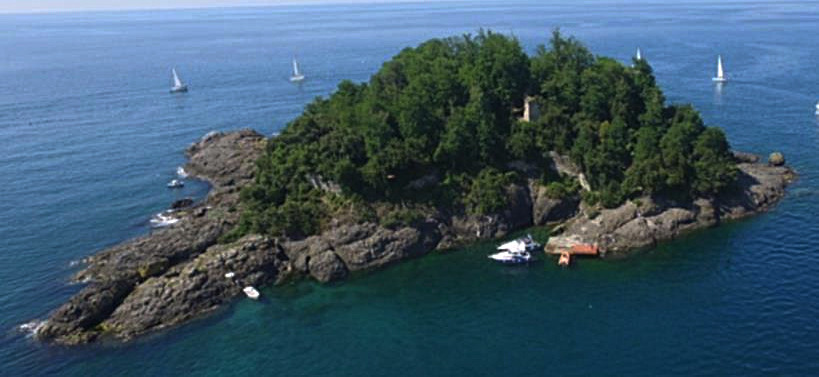
Plate 5: Giresun island (www.hurriyetdailynews.com/excavations-to-resume-on-giresun-island-164874)
The island is encircled by a boundary wall. Parts of the rectangular tower were probably built, or rebuilt after 1362, by emperor of Trebizond Alexios III Komnenos. The monastery may have been abandoned before 1644. In 1644, it was reported that Cossacks had used the island as a base for attacking Kerasous (Bryer and Winfield 1985:130–134).

Plate 6: Byzantine ruins on Giresun island (Source)
Georgos Konstantinidis
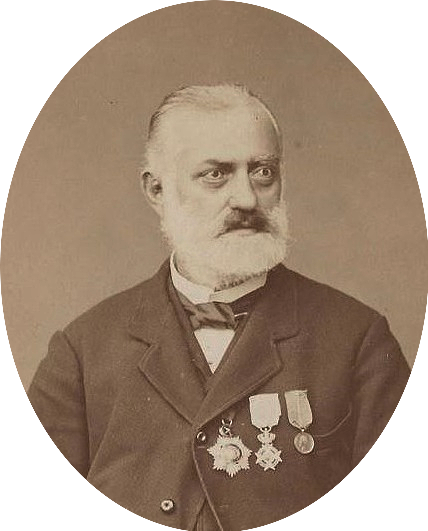
Plate 7: Georgos Konstantinidis (1828–1906) (Source)
Captain Georgos Konstantinidis (1828–1906) (Plate 7) served as the mayor of Giresun from 1885 to 1904, quite an achievement for an Orthodox Greek.
Black Sea Greeks took advantage of the economic freedom provided after the Tanzimat Reforms in the Ottoman empire [between 1839 and 1876]. Some Giresun Pontic Greeks became wealthy as the local agents or wholesale traders when the Western governments began trading on the Black Sea coast (Balcı and Yilmaz 2018). The Turkish community became relatively disadvantaged and would have been financially hampered by the removal of Muslim men due to military service.
Captain Georgos’ family would become Europe's largest hazelnut exporter, with the mayor's brother, Devonis in 1883,2 founding a hazelnut importing company in Marseille, France. From 1889, Devonis introduced the first hazelnut harvesting machines, as well as new methods to break the hazelnut shells. This change would lead to the mass production and commercialisation of hazelnuts (Rodríguez 2023:14, 16). Today, Giresun is famous for its hazelnut production. Türkiye accounts for 76% of the world’s hazelnut exports (Bozoğlu et al. 2019).3
Genocide
From the approximate Ottoman population figures between 1905 and 1906, central Giresun possibly had a population of 8,440 of which half were Turks and the rest were Greeks and Armenians (See). Later, in 1914, the composition of Giresun's population, which was [supposedly] 19,000, included 8,500 Greeks [appears high], 7,500 Turks and 3,000 Armenians (Çetinoğlu 2021).
In June 1915, the police searched Armenian houses in Giresun and males aged between 16 and 50 years were confined in the courtyard of the town hall. Up to 160 notables were murdered the next night outside the town; the other men were set free. The forced deportations of Armenians from Giresun commenced in July 1915. The first caravan comprised 1,200 people (500 of them men). Halfway to Şebinkarahisar (Fig. 1), the men were massacred. The convoy was then pillaged in the environs of Şebinkarahisar, where the young women were also abducted. In Kavalik, near Ezbider, the convoy was attacked by brigands. After a 28-day trek, 500 from Giresun and the counties of Tirebolu and Görele reached Kuruçay, between Şebinkarahisar and Divrig. According to Mariam Kokmazian (who was in the caravan), they were attacked again by Kurdish villagers; the 40 survivors of the caravan then set out for Demir Mağara, south of Divrig. On the 36th day these survivors reached Kemaliye (Payaslian (2009:285); Kévorkian (2011:485–486)).
Then in December 1916, for allegedly military reasons, Ottoman War Minister Enver ordered the deportation of the Greek population from the Black Sea coastal regions [not under Russian control]. The German diplomats understood this would lead to high casualties. The Greeks of Giresun were driven over the mountains to Sivas (Fig. 1) (Hofmann 2011:59–60). After World War I, any surviving deported Greeks and Armenians were able to return home.
In 1919, Dr Blanche Norton joined the Near East Relief charitable organisation at Trabzon. She went to Giresun before returning to America in 1920. She described Topal Osman from Giresun as the most fearful creature she had ever seen and that Christians lived in abject terror of him. Few Armenians were left in Giresun (See).
In Giresun, on the night of 13 August 1920, Topal Osman imprisoned all Christian men. Thereafter, every evening five or six men were taken out and shot until the Christian community paid a ransom (Morris and Ze’evi 2019:401).
Eventually, with the relocation being ordered by Mustafa Kemal in June 1921, the Greeks who were dispatched to the interior of Anatolia were killed by militias, most notably those led by Topal Osman and Şaki Ali. In September 1921, following the Turkish victory in north-west Anatolia (during the 1919–1922 Greco-Turkish war), operations against Greeks and relocations picked up speed. According to Central Army records, 8,500 [Greeks] from Giresun were relocated (Korucu and Daglioglu 2019:25).
Conclusion
Kerasous (modern Giresun), was an ancient Greek colony after the native Anatolian inhabitants were deprived of their land. It passed to many rulers over the centuries including Persians, Greeks of Alexander the Great, Mithradates kings, the Roman empire, the Byzantine (eastern Roman) empire, the Komnenoi Byzantine empire of Trebizond and finally probably in 1461, the Ottoman Turks. A few churches remain as testimony to the influence of its former Christian inhabitants.
The genocide of Armenians and Greeks and their formal forced removal by the early 1920s (under the population exchange) from their homeland removed the Christian element from Giresun and Turkish territory.
Acknowledgements
I warmly thank Michael Bennett, Russell McCaskie and Aris Tsilfidis for their comments to an earlier draft.
Endnotes
1. Words within square brackets ‘[ ]’ within a reference are my words.
2. Georgos’ son, Konstantinos (1856–1930) moved to Marseille in 1878 and became a wealthy merchant. He was one of the first to initiate the movement for an Independent Republic of Pontos and lobbied for it at the Paris Peace Conference (1919–1920) (See).
3. In Pontos, the first recorded export of hazelnuts was in 259 BC and they were still a major export during the Komnenoi Byzantine empire of Trebizond (Bryer 1975).
References
Aslanidis S (1976) Η ωραία Κερασούς: Ή αλησμόνητος νύμφη του Ευξείνου Πόντου, (in Greek) [The beautiful Kerasous: the unforgettable nymph of the Black Sea], Athens.
Avram A, Hind J and Tsetskhladze G (2004) ‘The Black Sea area’ in Hansen MH and Nielsen TH (eds) An inventory of archaic and classical poleis,:924–973, (Copenhagen Polis Centre for the Danish National Research Foundation), Oxford University Press, Oxford.
Balcı S and Yilmaz MK (2018) ‘Captain Yorgi Pasha: the mayor of Kerasounta 1829–1904’, in Kyriakidis T and Hatzikyriakidis K (eds) Pontos after the Ottoman empire (1774–1908) society and economy:87–122, Conference 18–20 November 2016, Aristotle University Thessaloniki, University Studio Press, Thessaloniki.
Bozoglu M, Basar U, Kilic Topuz B and Alhas Eroglu N (2019) ‘An overview of hazelnut markets and policy in Turkey’, KSU Tarim ve Doga Derg, 22(5):733–743.
Bryer A (1975) ‘Greeks and Turkmens: the Pontic exception’, Dumbarton Oaks Papers, 29:113–148, Washington D.C.
Bryer A and Winfield D (1970) ‘Nineteenth-century monuments in the city and vilayet of Trebizond: architectural and historical notes Part 3’, Archeion Pontou [Pontic Archives]:228–375.
Bryer A and Winfield D (1985) The Byzantine monuments and topography of the Pontos, I & II, Dumbarton Oaks Research Library & Collection, Harvard University, Washington D.C.
Cagaptay S (2023) ‘The history of the bell tower in Giresun’, Turkish Area Studies Review, 41:39–45.
Çetinoğlu S (2021) ‘The extermination of Christians (Greeks and Armenians) in the commercial life of Giresun, capital transfer and the factor of Topal Osman during the Genocide process’, Conference paper, Thessaloniki.
Doksanaltı EM, Karaoğlan I and Ufuk Erdoğan L (2011) ‘Preliminary report on Giresun (Aretias/Khalkeritis) island excavation: burial practices on Elousa Sebaste monastery on Giresun island’, Anodos. Studies of the Ancient World, 11/2011:77–89.
Erciyas DBA (2001) ‘Studies in the archaeology of Hellenistic Pontus: the settlements, monuments, and coinage of Mithradates VI and his predecessors’, PhD thesis, University of Cincinnati, USA.
Fotiadis KE (2019) The genocide of the Pontian Greeks, (unknown translator from Greek into English), KE Fotiadis, (unknown place of publication).
Hamilton WJ (1842) Researches in Asia Minor, Pontus and Armenia: with some account of their antiquities and geology, 1, (originally published by John Murray, London), reprinted 2009.
Hofmann T (2011) ‘Γενοκτονία εν ροή—cumulative genocide: the massacres and deportations of the Greek population of the Ottoman empire (1912–1923)’, in Hofmann T, Bjornlund M and Meichanetsidis V (eds) (2011) The genocide of the Ottoman Greeks: studies on the state-sponsored campaign of extermination of the Christians of Asia Minor (1912–1922) and its aftermath: history, law, memory,:39–111, Aristide D Caratzas, New York.
Hovannisian RG (ed) (2009) Armenian Pontus: the Trebizond-Black Sea communities, Mazda Publishers Inc., Costa Mesa, California.
Karaibrahimoğlu S and Demirkan Ö (2020) ‘A review of modernization: the Giresun Government House and administrative center’, International Journal of Architecture and Planning, 8(2):431–460.
Kertmenjian D (2009) ‘Armenian city quarters and the architectural legacy of the Pontus’, in Hovannisian RG (ed) (2009):189–215.
Kévorkian R (2011) The Armenian genocide: a complete history, I.B. Tauris, London.
Korucu S and Daglioglu EC (2019) ‘Mapping out the Turkish documents on the unweaving of Greeks from the Black Sea (the Pontic genocide, 1919–1923)’, in Shirinian GN (ed) (2019) The Greek genocide 1913–1923: new perspectives:7–27, The Asia Minor and Pontos Hellenic Research Centre Inc., Chicago.
Morris B and Ze’evi D (2019) The thirty-year genocide: Turkey’s destruction of its Christian minorities 1894–1924, Harvard University Press, Cambridge, Massachusetts.
Payaslian S (2009) ‘The fate of the Armenians in Trebizond, 1915’, in Hovannisian RG (ed) (2009):271–296.
Rodríguez ACi (2023) The modernization of Giresun at the fin de siècle: a metamorphosis applied in urban space, Koç University, Istanbul, 39pp.
Roller DW (2020) Empire of the Black Sea: the rise and fall of the Mithridatic world, Oxford University Press, New York.
Şerifoğlu TE and Bakan C (2015) ‘The Cide-Şenpazar region during the Hellenistic period (325/300–1 BC)’, in Düring BS and Glatz C (eds) (2015) Kinetic landscapes: the Cide archaeological project: surveying the Turkish western Black Sea region,:246–259 De Gruyter Open, Warsaw, Poland.
Sinclair TA (1989) Eastern Turkey: an architectural & archaeological survey II, Pindar Press, London.
Temur A and Iltar G (2018) ‘Giresun, the excavation of the island of Aretias/Khalkeritis’ in Yigitpasa D, Oniz H and Temur A (eds) Black Sea Archaeological Studies: Recent Developments, Turkish Nautical Archaeological Foundation, Istanbul.
Tournefort JP de (1741) A voyage into the Levant, vol. III, letter v, (translated from French to English by J Ozell), (original work published 1717), London.
Xenophon The Persian expedition, (translated into English by R Warner published 1972), Penguin Classics, London.
Yilmaz Yildirim D, Bayram Ş and Çakir Güngör N (2023) ‘An investigation into the perception of space in children through visual representations: The Children’s Library in Giresun (The Capuchin Catholic Church)’, Megaron, 18(1):43–58.